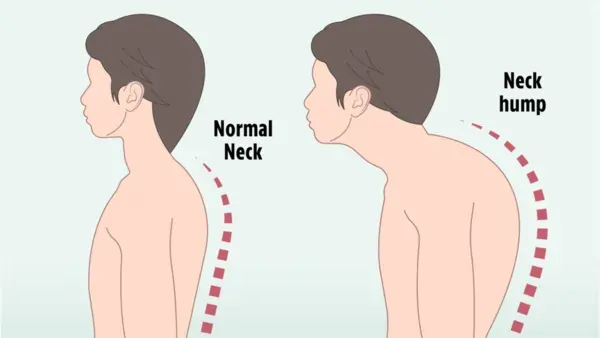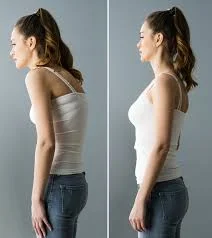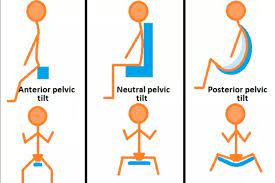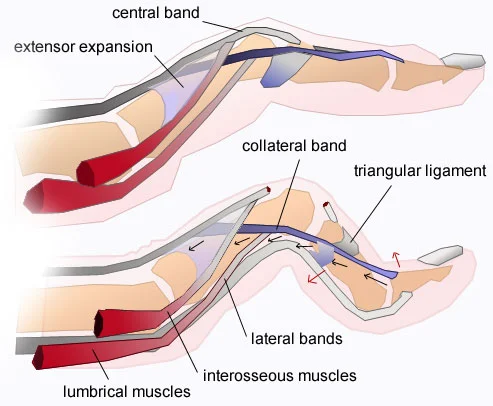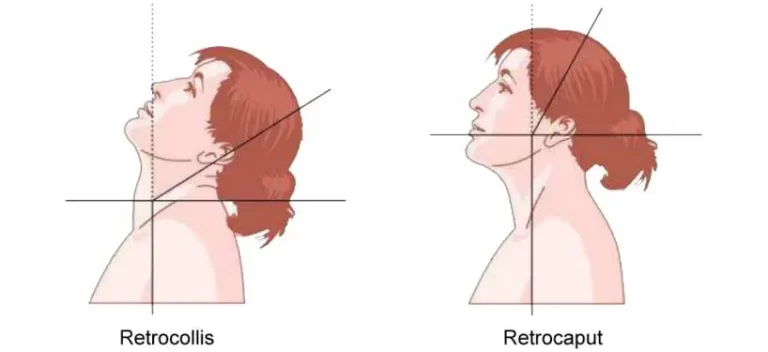Shoulder Dystocia
What is Shoulder Dystocia? Shoulder dystocia happens when the mother’s pubic bone blocks the baby’s anterior shoulder following vaginal delivery of the head. It is usually identified when the shoulders of the infant do not deliver when the baby’s head is gently pulled downward, necessitating the need for specialized delivery procedures. A “turtle sign”—the baby’s…



